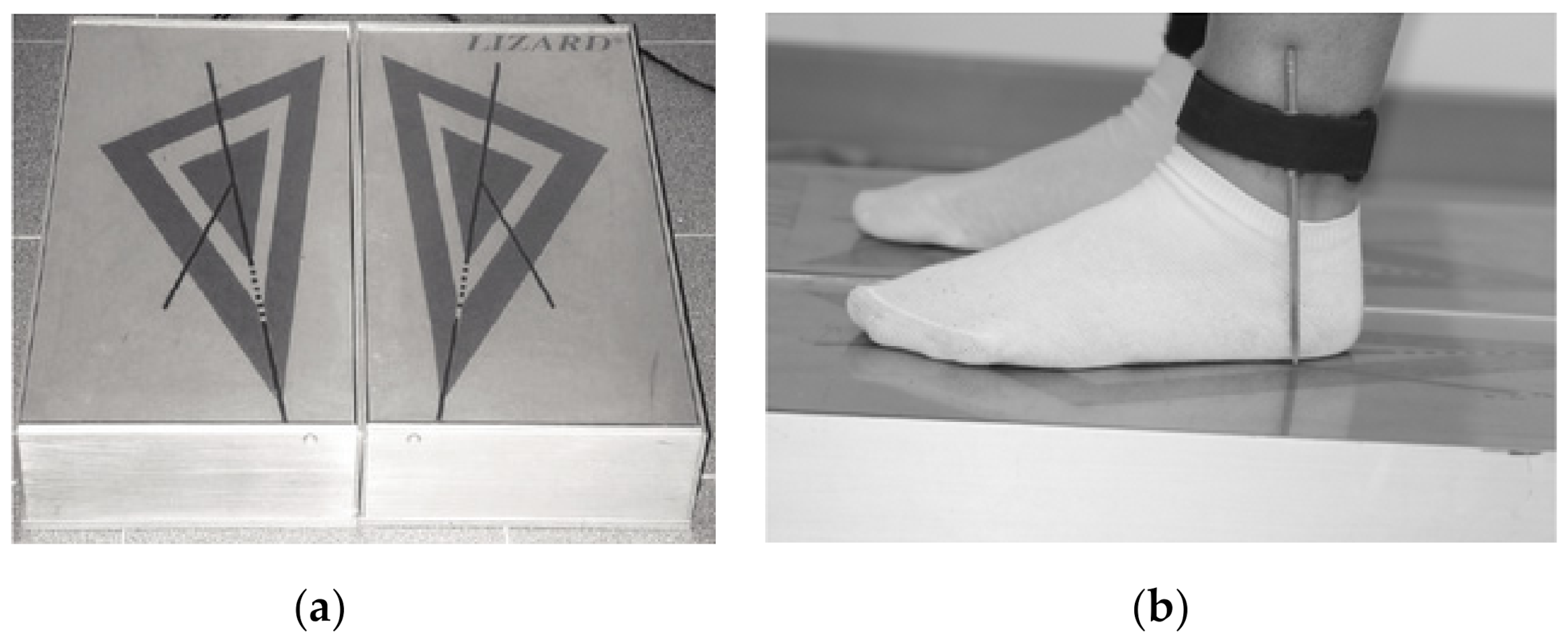

3), but it crosses under the flexor digitorum longus to become the most medial deep posterior compartment muscle at SP-6 (see this post about SP-6 three yin crossing). Initially, it is the middle muscle of the deep posterior compartment (Fig. It attaches to the inner border of the tibia, fibula and interosseus membrane. The tibialis posterior is part of the deep posterior crural compartment (Fig.

3: Image from Atlas of Human Anatomy for Students and Physicians by Carl Toldt It performs dorsiflexion of the foot at the ankle, and it inverts the foot.įig. It attaches from the upper two thirds of the anterolateral tibia crosses over the anterior ankle to the medial side and is held in place by the anterior ankle retinaculum and then attaches to the medial cuneiform and base of the first metatarsal (Fig. The tibialis anterior is part of the anterior crural (leg) compartment (Fig. These have an antagonist relationship, and balance between them is crucial for proper balance among the arches of the feet. In the next post I will follow up and discuss the relationship of the tibialis anterior and peroneus longus. They have a synergistic relationship, working together to lift the medial arch. These are part of the Stomach and Spleen sinew channels, respectively.

In this post I will discuss the relationship of the tibialis anterior and tibialis posterior. Sometimes, the tibialis posterior muscle is also included, as it has a large attachment area on the plantar region of the foot and interacts with the above two muscles. These are the tibialis anterior (which crosses the ankle to attach to the medial cuneiform and the base of the 1st metatarsal joint) and the peroneus longus (which crosses under the foot to attach to the same region). 1,2 This sling comprises two or three muscles (depending on which author you're reading) which are linked through fascial connections at the medial arch of the foot. Several authors have described a 'stirrup' or fascial sling of the foot which affects the balance of the arches.


 0 kommentar(er)
0 kommentar(er)
